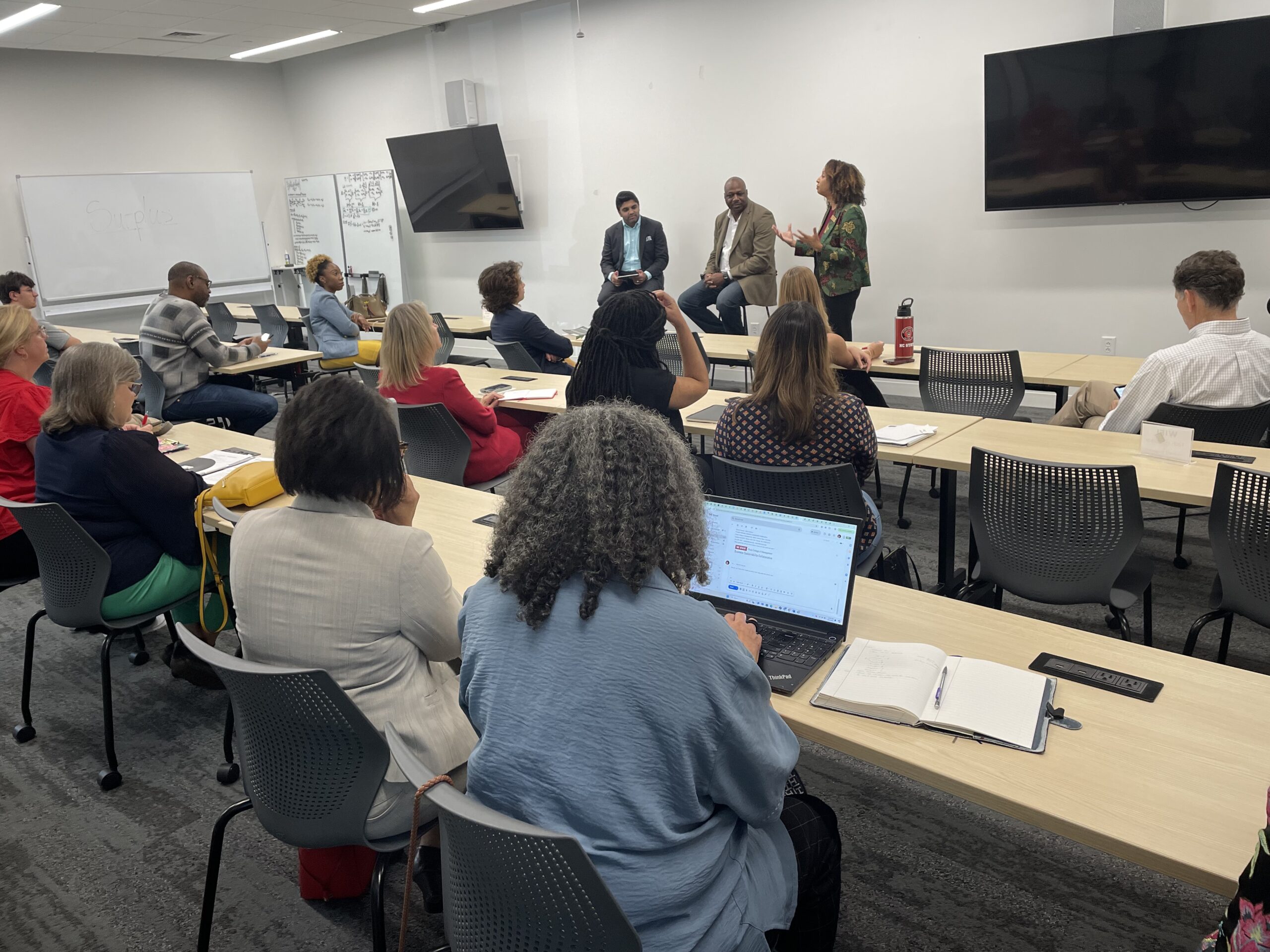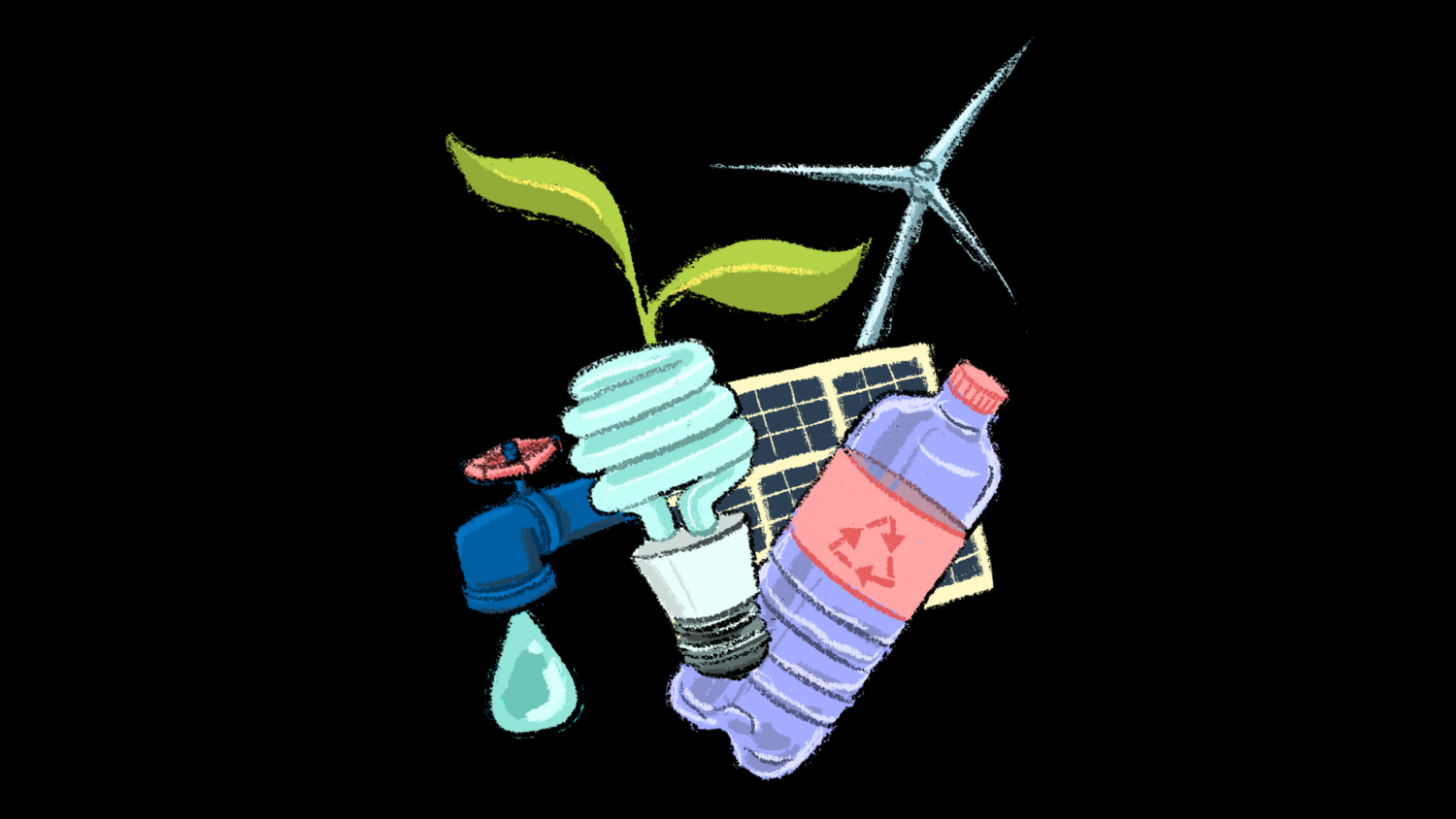HOW A FISH CAME TO TEACH SCHOOL
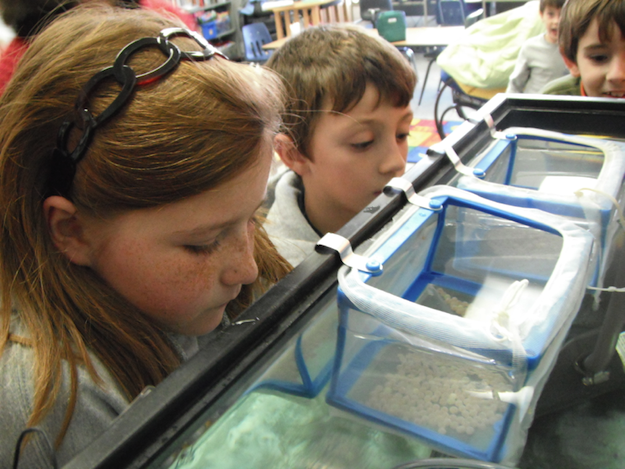
Image: Dan River Basin Association
The Dan River Basin Association (DRBA), with the help of coldwater fish and an innovative environmental education program, is instilling a conservation ethic in students from kindergarten to the college level.
DRBA adopted Trout in the Classroom (TIC) after Dr. David Jones founded the program in Henry County Virginia in 2005. Dr. Jones realized the imperative to teach young minds about water resources and conservation. He was looking for a way to engage the community in an effort to protect the Smith River in Virginia, home to one of Virginia’s largest populations of naturally reproducing brown trout, a fish native to Europe and stocked in the Smith in the 1960’s. Trout in the Classroom, developed over 30 years ago by Trout Unlimited, was the perfect vehicle. Fortunately for North Carolina, the Dan River Basin Association is a Bi-State organization and the TIC program is gaining traction in the Old North State as well.
Learning Through Direct Experience
Trout in the Classroom is an innovative environmental education program in which students:
- Raise trout from eggs to fingerlings
- Monitor tank water quality
- Engage in stream habitat study
- Appreciate water resources
- Foster a conservation ethic
- Understand ecosystem connectivity
Trout in the classroom is closely connected to state learning standards and enhances curricula from science to art. More than 2500 students and teachers raise trout in their classrooms from eggs to fingerlings and release them to local, approved streams. The release is the highlight of the experience.
There are 12 tanks in classrooms across North Carolina and 31 in Virginia.
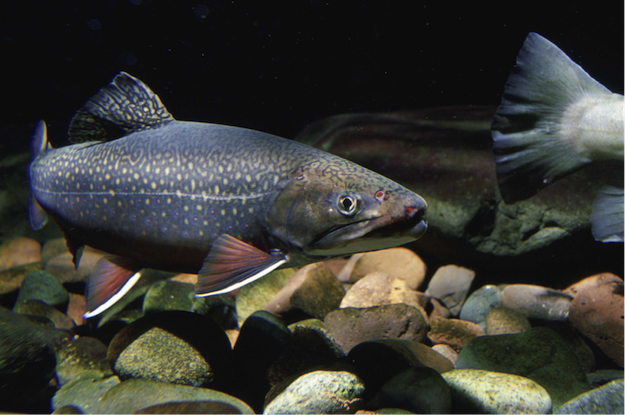
Brook Trout. Image: Engbretson Eric, U.S. Fish and Wildlife Service
Understanding Ecosystem Health
“Trout in the Classroom is an amazing program to be a part of; the students make the connection with the information they are learning and can see an example of just how precious nature can be by having the trout in the classroom. They learn about responsibility and want to take care of the trout. These students don’t always get the exposure to nature these days like I did as a child, and I want to share that with them so they will want to take care of this precious world we live in, they are the generations of the future and making our earth a better place is up to them.”
-Krista Hodges, Education Outreach Coordinator, Dan River Basin Association
Trout may very well be the most appropriate candidate to use in teaching these invaluable lessons. Trout are indicator species for ecosystems. They tell us a great deal about the health of our streams, rivers, and lakes. They demand cool, clean water. When water quality doesn’t pass their test you won’t find them.
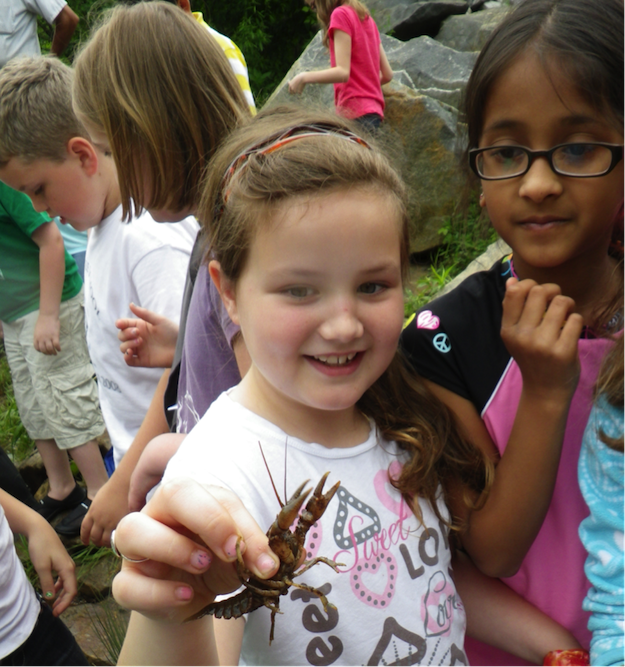
Image: Dan River Basin Association
Their abundance is a direct reflection of the health of their/our environment. The aim is for students to make this connection and help protect the natural environment of the fish they reared from eggs then released into local, coldwater streams. It takes conservation, what to some might seem ethereal and only gleaned in a textbook, and puts it literally in their hands.
Nature Enhances Learning
It isn’t just about the environment, the fish, or conservation. The trout give back in ways that, on the surface, one might not assume. One principal at a participating school noted:
“The students in that room with that tank – you could feel the calmness in that room. The students were very engaged, and there was what I call ‘academic noise,’ but no unnecessary noise. I would watch the students, and sometimes they’d just stop and look at the tank for a while, like they were taking a little mental break, and then they’d go back to what they were doing. There was a dramatic difference between that classroom and the other 4th grade classes.”
Researchers in urban ecology have noted the impact that engaging with nature has on cognitive and emotional development and wellbeing. As urbanization continues to increase in westernized societies, it seems our connection to nature becomes increasingly valuable. Although research isn’t conclusive, we’re beginning to understand some potential benefits of connecting to nature such as attention restoration, reduced fatigue, and reduced stress.
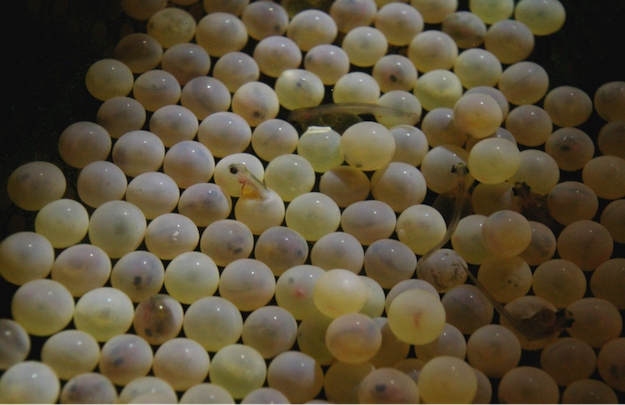
Image: Dan River Basin Association
Authors Jo Barton and Jules Pretty, noted that in children symptoms of Attention Deficit Hyperactivity Disorder may be alleviated through engaging with nature, participating in activities such as fishing or camping.1 According to the same work even viewing nature through a window or in a picture can have benefits: “This type of passive engagement allows the mind to digress and stimulates reflection and recovery, aids recovery from illness, improves mood, reduces stress and improves mental wellbeing.”
In line with the principal’s quote, perhaps, even simply the trout’s presence in the classroom has this powerful impact.
Focused on Stewardship, Recreation, Education, and Regional Identity the Dan River Basin Association envisions an economically vibrant bi-state community with a regional identity, where people enjoy easy access to healthy rivers, parks, trails and heritage attractions.
More Information:
Dan River Basin Association
Trout In The Classroom
Trout Unlimited
Work mentioned in this article:
1. Barton J, Pretty J. Urban Ecology and Human Health and Wellbeing. In: Gaston K, editor. Urban Ecology. Cambridge University Press; 2010.
- Categories:
